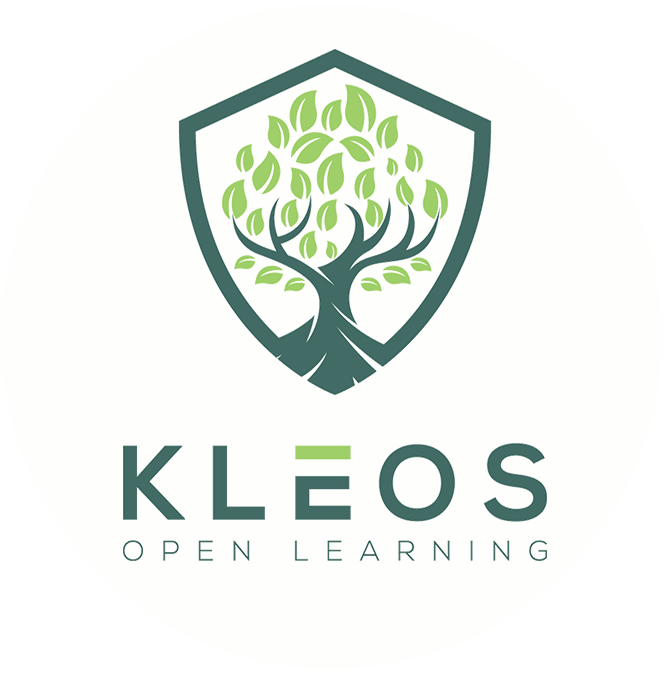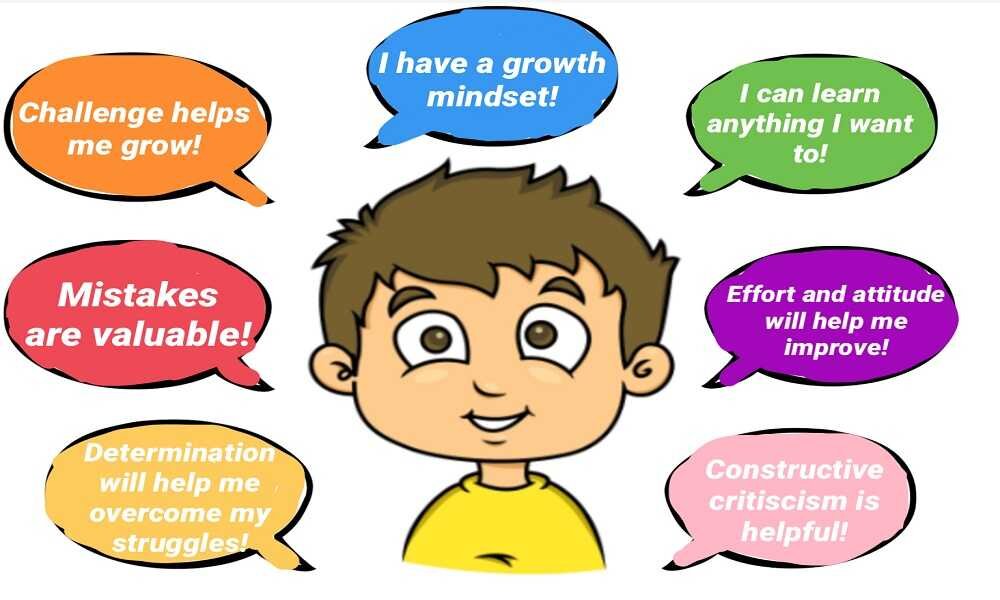The Importance of Building A Growth mindset
By Melissa Lyon
“This is too hard! … I’m never going to get this! ... I give up!”
Have you ever heard your child make these types of statements? If so (and you’re not alone here) your child may benefit from learning about having a growth mindset. With school starting back up, especially in the midst of a pandemic, we thought that highlighting a growth mindset may be the most beneficial way to kick off this year’s blogs!
Research has shown that having a growth mindset can help a person succeed in life. What do we mean by mindset and how does this affect our learners? Well, for starters “students’ mindsets—how they perceive their abilities—play[ed] a key role in their motivation and achievement and we found that if we changed students’ mindsets, we could boost their achievement. More precisely, students who believed their intelligence could be developed (a growth mindset) outperformed those who believed their intelligence was fixed (a fixed mindset).” 1. Interestingly, for a person with a disability, a growth mindset may be even more important. In fact, one study showed that “one way in which to close the achievement gap for students with disabilities is [by]... promoting a growth mindset” 2.
The concept of a growth mindset came from a professor by the name of Dr. Carol Dweck. She states that “a growth mindset isn’t just about effort…People need to [build a] repertoire of approaches - not just sheer effort - to learn and improve” 1. Check out this great video that explains her ideas further.
So what are some things that you can do to help develop a growth mindset in your child? Here are some ideas to get you started:
● Think about the language that you use when giving praise. The focus should be on the process, rather than the end result. These diagrams have some great suggestions for how to change your language so that it promotes a growth mindset.
● Teach children that just because you can’t do something now, doesn’t mean that you’ll never be able to do it. Carol Dweck has a great TED talk that explains the power of “Not Yet”.
● Encourage and celebrate mistakes as the learning experiences that they are. A good video clip to teach children about this is found in the Meet the Robinsons movie.
● Model having a growth mindset yourself. When struggling with something, voice your thinking process as you find solutions and move past the failure.
● Teach children to use a journal and set achievable short-term and long-term goals regularly. Big Life Journal is a great resource that has been made for children to journal their way to a growth mindset.
● Read books that promote having a growth mindset. Here are a couple of book lists to get you started: Book List 1 and Book List 2.
For more information, check out this resource for parents. To teach children about this idea, Class Dojo has created a short video that might be useful. You might even want to test your own mindset by trying this quiz. Most importantly, realize that “…the path to a growth mindset is a [lifelong] journey, not a proclamation” 1, so take little steps towards it each day.
~ Have a wonderful school year! Melissa


